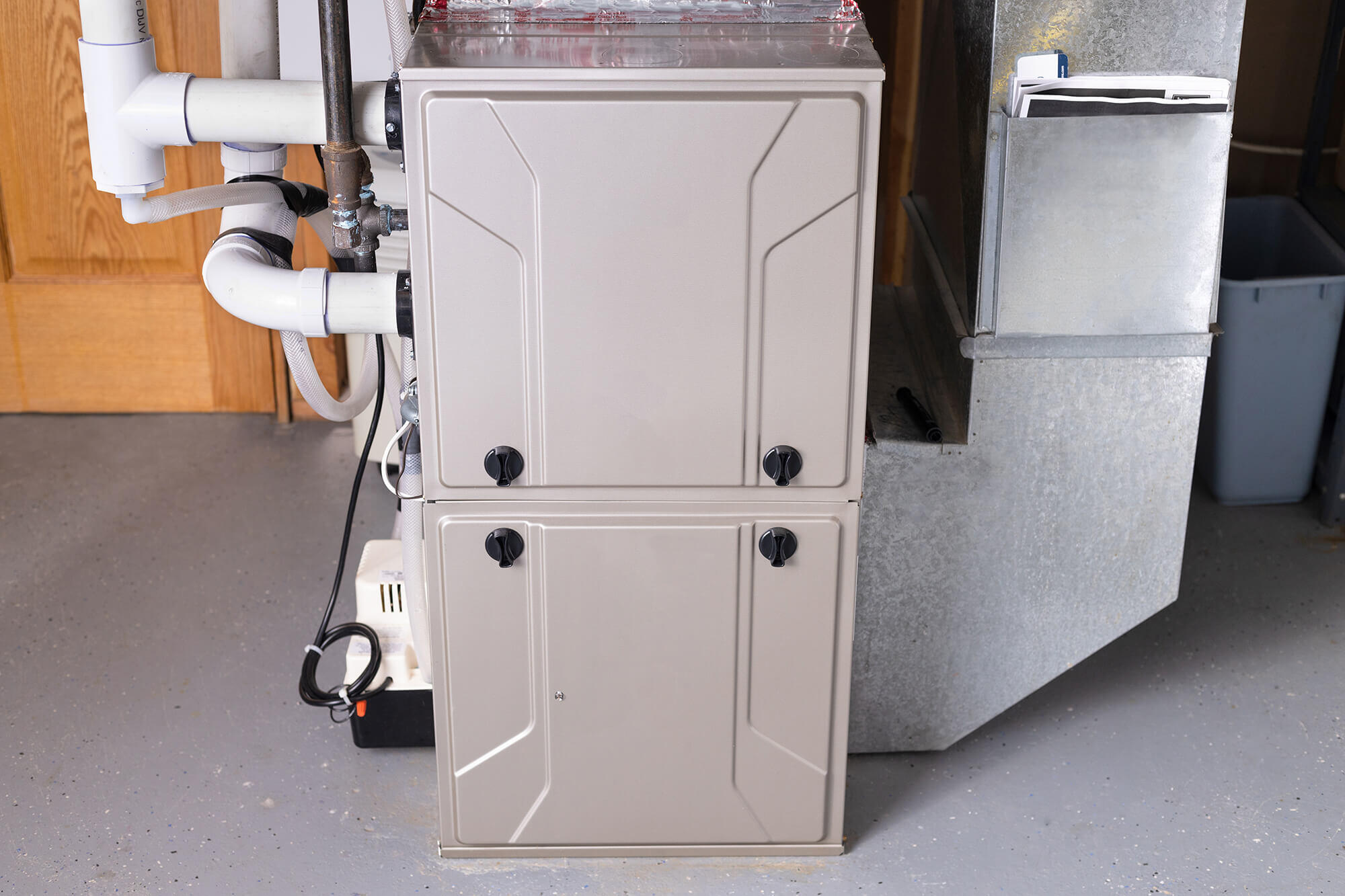
THE PRODUCT:
Furnaces are the most common type of home heating equipment in the United States. Furnaces use electricity, or burn natural gas, propane, or oil for heat and use a fan to distribute the heat through a duct system. They are often installed in conjunction with a central air conditioner, using the same air distribution system. Non-weatherized gas furnaces, which are installed in basements, utility rooms or other indoor spaces, are by far the most common type. Weatherized furnaces for outdoor installation, such as on rooftops, are sometimes used in warmer climates. Furnaces with 90% or greater annual fuel utilization efficiency (AFUE) are known as "condensing" products because they use technology that condenses water out of flue gases to recoup heat to warm the home that would otherwise be vented up the chimney. The maximum efficiency for non-condensing non-weatherized gas furnaces is 80%.
THE STANDARD:
The current standards for non-weatherized gas furnaces and mobile-home gas furnaces took effect in 2015 and specify a minimum AFUE of 80%. However, nearly 100% of the market already met that level. In 2023, DOE finalized amended standards for non-weatherized gas furnaces and mobile-home gas furnaces. The new standards require a minimum AFUE of 95%, which effectively requires the use of condensing technology once the standards take effect in December 2028.
The current standards for non-weatherized oil-fired furnaces took effect in 2013 and those for weatherized gas furnaces in 2015. In 2023, DOE issued a proposed determination that amended standards for these product classes would not be economically justified at this time.
In 2024, the gas industry challenged the 2023 final rule for furnaces. In November 2025, the U.S. Court of Appeals for the D.C. Circuit upheld the furnace efficiency standards.
KEY FACTS:
Space heating accounts for about 25% of total residential energy consumption. As of 2020, about 46% of U.S. households used gas furnaces and about 3% used oil furnaces.
Fact Sheets
Filings
ASAP Press Releases
Reports
Timeline
| Federal | Date |
| Next Review Due | 2029 |
| 3rd Federal Standard Effective | 2028 |
| 3rd Federal Standard Adopted | 2023 |
| 2nd Federal Standard Effective | 2015 |
| 2nd Federal Standard Adopted | 2007 |
| 1st Federal Standard Effective | 1992 |
| 1st Federal Standard Adopted | 1987 |
| NAECA Initial Federal Legislation Enacted | 1987 |